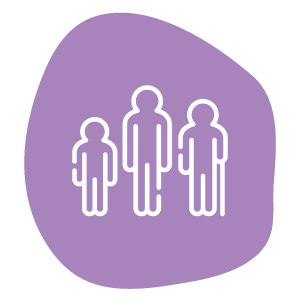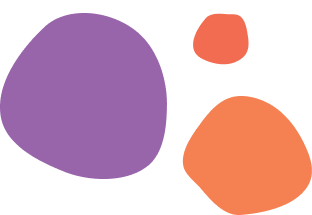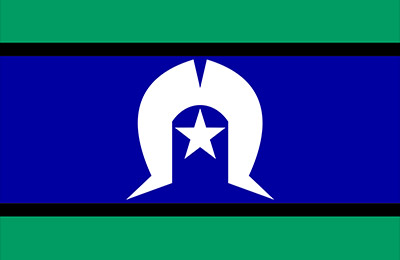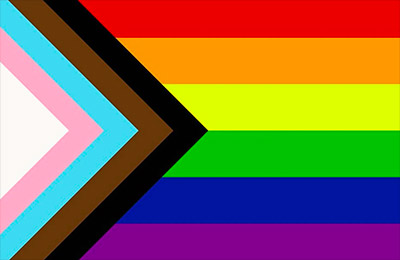
It occurs in all communities
and in all cultures

It occurs to
people of all ages

It occurs to people of all
socio-economic groups

It occurs to people of all education levels and professions
Violence against women has many manifestations, including sexual violence, online or digital violence, forced and child marriage, femicide, and human trafficking. Violence against women is associated with increased risk of injuries, depression, anxiety disorders, unplanned pregnancies, sexually transmitted infections, and many other health problems.
Domestic violence perpetrated by an intimate partner is one of the most common forms of violence against women. Women are much more likely than men to experience violence from an intimate partner, and with more severe impacts that include being hospitalisation and death.
We acknowledge that both men and women experience violence. But there are gendered patterns associated with violence perpetration and victimisation. Gender inequality, including harmful gender norms, are key drivers of violence against women.
It is mostly men who are the perpetrators of violence and this violence is against women.
There are domestic and family violence services across Western Australia that offer free crisis phone lines, support, advocacy, counselling, information and resources to those who are experiencing any form of domestic and family violence.
Domestic and family violence isn’t just physical abuse. It involves a range of different behaviours and is usually an ongoing pattern of coercive and controlling behaviour (also known as coercive control).
A wide variety of abusive behaviours that may include emotional, social, financial or technology facilitated abuse – often accompanied by threats of physical violence, may be used to cause fear.
Knowing the signs can help people recognise when violence may be occurring and allow them to get help
Physical abuse rarely occurs in isolation and perpetrators can also inflict other types of abuse on their partners.
There are many barriers that stand in the way of a woman leaving an abusive partner. Leaving is the most dangerous time for a victim-survivor – so support and safety planning is critical. It’s important that women are supported and empowered to make the best decision for them while holding the abusers accountable for their behaviour.
It’s important that we don’t blame victims and/or survivors for staying and start supporting them to enable them to leave.
Perpetrators of domestic and family violence do share some common characteristics. It’s important to remember that domestic and family violence is first and foremost a pattern of power and control. You may see behaviours that are not indicative of abuse on their own, but when you look at what is occurring, it forms a pattern of ongoing behaviour and tactics of abuse.
We need to remember that violent and abusive behaviour is always a choice that a perpetrator makes to harm. Please contact a Specialist Domestic and Family Violence service for further help and support.
Domestic and family violence is deeply rooted in issues of power, control and inequality. It is caused by a misuse of power by one person (usually male thus the gendered nature of domestic and family violence) over another.
Behaviour is always a choice and those who perpetrate domestic and family violence do so to get what they want and to gain control.
Research by Our Watch (Change the Story) has made it clear that gender inequality is the core of domestic and family violence and name the drivers of violence against women.
For further information on the drivers and enablers of violence against women go to the Preventing Violence Together (PVT) website.

It is recognised and documented in research and statistics that the majority of domestic and family violence is perpetrated by men against women. The populations most impacted by domestic and family violence are younger women, children, older people, people with disability, people from culturally and linguistically diverse backgrounds (including people with temporary residency status), LGBTIQ+ people, people in rural and remote communities, people with mental health issues and/or substance misuse problems, people from socio-economically disadvantaged areas and Aboriginal and Torres Strait Islander peoples.
The term domestic and family violence most commonly refers to violence and abuse against an intimate partner/ex-partner. However, it can occur in a range of relationships including parent/carer-child relationships, and relationships between siblings and other relatives, such as grandparents or extended family members. It also includes ‘family-like’ relationships such as paid or unpaid carers for people with disability, families of choice for LGBTIQ+ people, and cultural kinship networks in multicultural and Aboriginal communities.
Victim-survivors of domestic and family violence can include people of all genders and sexualities. It is acknowledged that men can experience violence from their intimate partners of any gender.
It can be difficult for men and gender and sexually diverse people to recognise they are experiencing domestic and family violence and there can be additional barriers to accessing support.
The services and supports offered in Western Australia provide support for men who are victim-survivors.
For many men, calling one of the 24/7 helplines is the first step they can make to talk to someone about the problems they face, whether it is for information or emotional support.
The services and supports offered in Western Australia provide support for LGBTIQ+ victim-survivors. Additionally, the 24/7 help lines are available for support and counselling.
Further information on domestic and family violence for LGBTIQ+ victim-survivors can be found on the Say It Out Loud website or by contacting Living Proud LGBTI Community Services of WA on 08 9486 9855.
The National Principles to Address coercive Control in Family and Domestic Violence says a shared understanding of the common features of coercive control is foundational to effectively identifying, preventing and responding to family and domestic violence.
The following are common features of coercive control:

The Centre for Women’s Safety and Wellbeing acknowledges Aboriginal and Torres Strait Islander peoples as the Traditional Custodians and first peoples of Australia. We recognise the impacts of colonisation and dispossession and the contemporary disadvantage experienced by Aboriginal and Torres Strait Islander peoples. The Centre for Women’s Safety and Wellbeing is committed to working alongside Aboriginal and Torres Strait Islander women and men to end violence against their women and children in Western Australia.
The Centre for Women’s Safety and Wellbeing acknowledges the strength and resilience of adults, children and young people who have experienced family and domestic violence. We pay respects to those who did not survive and acknowledge the families, friends and communities who have lost loved ones to this preventable and widespread issue. We are committed to ensuring responses to family and domestic violence are informed by lived experience.
The Centre for Women’s Safety and Wellbeing recognises, welcomes and respects people of diverse gender, sex and sexuality. We are committed to greater inclusion of lesbian, gay, bisexual, transgender, intersex and queer people (LGBTIQ).



Use the quick exit button on the top right, or:
On a mac, press ⌘ and W together
On a windows, press Ctrl and W together
To remove all traces of you visiting this website, please clear your browser history.
To learn how to clear your browser history, please click here.